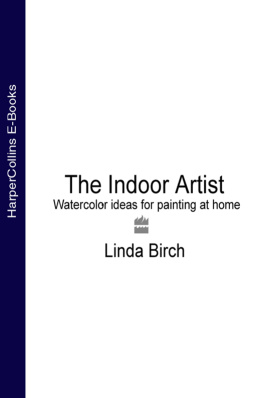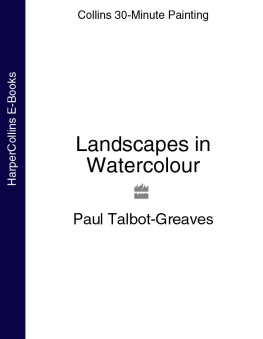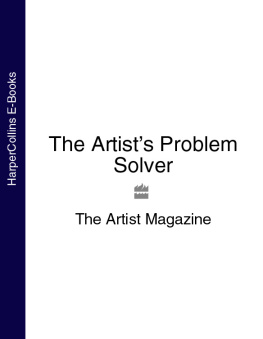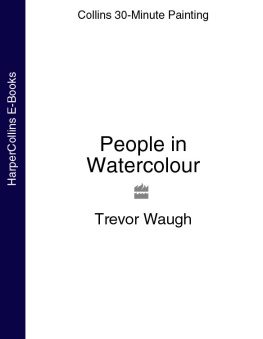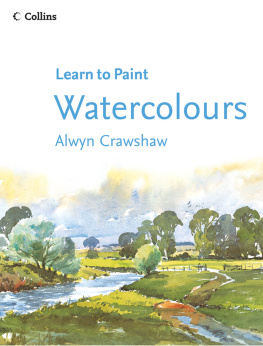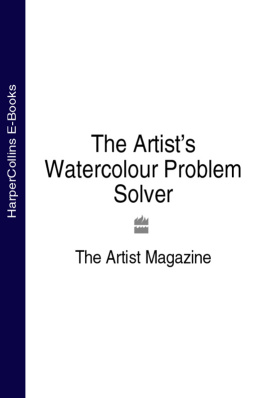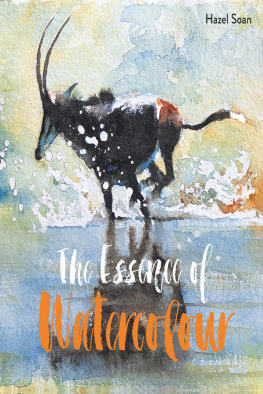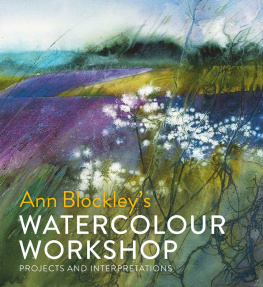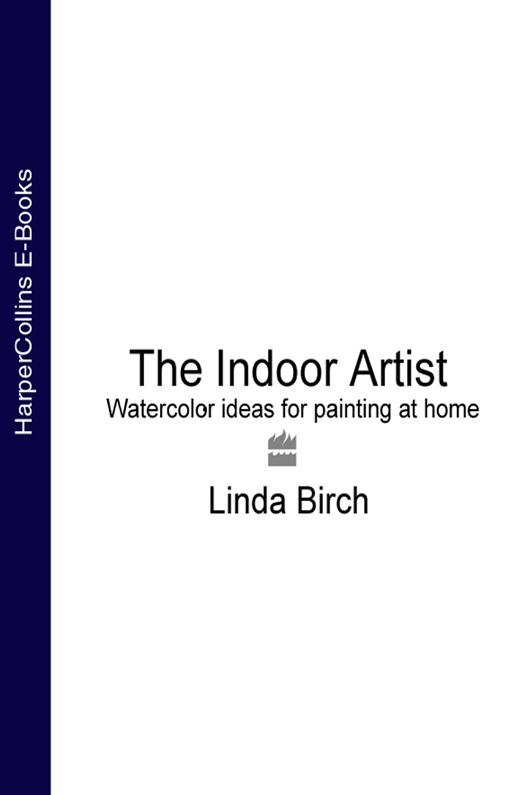To my mother, Elizabeth Birch


Thanks to my husband, Trevor Pitt, for the critical advice and the coffees!
To my editor, Caroline Churton, with thanks for her guidance and patience.
Also to Karen Webb, who said I could do it!
Collins, an imprint of
HarperCollins Publishers
77-85 Fulham Palace Road
Hammersmith, London W6 8JB
The Collins website address is:
www.harpercollins.co.uk
Collins is a registered trademark of HarperCollins Publishers Limited.
First published in 2004 by Collins
Editor: Diana Vowles
Designer: Anita Ruddell
Photographer: Syd Neville
Linda Birch, 2004
A catalogue record for this book is available from the British Library
Linda Birch asserts the moral right to be identified as the author of this work.
All rights reserved under International and Pan-American Copyright Conventions. By payment of the required fees, you have been granted the nonexclusive, nontransferable right to access and read the text of this e-book on-screen. No part of this text may be reproduced, transmitted, downloaded, decompiled, reverse-engineered, or stored in or introduced into any information storage and retrieval system, in any form or by any means, whether electronic or mechanical, now known or hereafter invented, without the express written permission of HarperCollins e-books.
The illustration on is reproduced courtesy of the Tate, London.
HarperCollinsPublishers has made every reasonable effort to ensure that any picture content and written content in this ebook has been included or removed in accordance with the contractual and technological constraints in operation at the time of publication.

Source ISBN 9780007151486
Ebook Edition NOVEMBER 2014 ISBN: 9780008124281
Version: 2014-11-14
C ONTENTS

This book came about as a result of my encountering many painters who cannot or choose not to paint outside in the field. There are a variety of reasons for this: some live too far from the countryside or lack transport to reach it easily; some are discouraged by unreliable weather conditions; others are not in sufficiently robust health to undertake a trip to paint outside, while many women do not feel safe alone in isolated places.
If you are one of these artists who are not able to paint outside the home you probably feel frustrated and disappointed by your apparent lack of subject matter. However, being indoors can be a real advantage. Your home really is a place where you have the privacy and time to try out new things, hone your skills and find inspiration. I know there are some who maintain that you can only produce a real painting if you work al fresco. Not true! Until the 19th century, all artists painted indoors. Even Turner regarded his outdoor work as sketches meant for his eyes only, prior to painting his more finished work. While his sketches are sometimes prized above his studio paintings, being indoors does not mean you necessarily lose freshness it depends what and how you paint.

Indoor Flowers
36 26 cm (14 101/4 in)
Being indoors provides an ideal opportunity to paint flowers and still life. It also gives you time to study form and colour at close range.

Country Path
27 27 cm (101/2 101/2 in)
Being inside doesnt have to stop you painting the outside! You can work from sketches or photographs, or even use props to re-create an outdoor scene.
This is not a how to do it book, since there are plenty of those already available if you need them. Instead, it is intended to act as a resource for ideas and inspiration if, for whatever reason, you are not able to go outdoors to paint. Although it deals predominantly with watercolour, the same ideas can be applied to whatever your medium happens to be. I hope you will find that they bring new life and energy to your painting.

A Place to Work
24 32 cm (91/2 121/2 in)
Every artist needs a permanent place to work with a desk, a chair and a lamp. Working materials can be left out ready to use and to act as a subject, too.
Everyone who paints needs a place of their own to do it in. It is not easy if you need to clear the dining-room table every time you want to paint and then tidy your equipment away before the next meal. You must have a place to work, to think and to make a mess! Creativity is not a neat affair that can be set up and tidied away at the end.
You dont need a large studio for the purpose a corner of a spare room and a large table will do, just so long as it is your place where you can be left alone to work out your creative ideas.
ORGANIZING YOUR SPACE
Consider the options your home affords you for a dedicated work space. You may be fortunate enough to be able to take over a spare bedroom and turn that into your studio. However, if you have only the corner of that spare bedroom dont despair there are many ways of combining living and working spaces today, and rooms are often dual-purpose.
You will need a worktable of some sort. This doesnt have to be a fancy affair, and if you are really short on funds you could consider buying a cheap wallpaper-pasting table from your local DIY store. They are large, practical and cheap, and fold away if you need to store them. One of these sufficed very well as my own first worktable.
Try to arrange your table near a window to catch the light, although the traditional north light is not really necessary. Even if you are working from a subject that needs a constant light direction, daylight bulbs, which can be easily obtained, will do the trick. I prefer to use a spotlight desk lamp to light my still-life groups or flowers. It gives warmth and vibrancy to the colours, whereas daylight bulbs are cooler in hue.
Make sure you have a comfortable chair to sit on while you work at your table. A typists chair, which can be bought cheaply from suppliers of second-hand office furniture, will be useful for its adjustable height control, which is vital to avoid developing a bad back. When sitting for long periods I find a footrest useful, which in my case is simply an old box.

Having a place of your own with all that you need laid out in readiness will make it easier to take up your work when you have only a short time available.

